On social media, many viewers were stunned after discovering the truth behind penguins, sparking a discussion about a disturbing theory.
Many are shocked to discover that the penguins we see today are not true penguins. They are imposters.
The disturbing truth about penguins
When you visit the zoo and feel excitement at the penguin enclosure, remember: those aren’t real penguins.
On social media, a viral post sparked discussion the truth behind penguins.
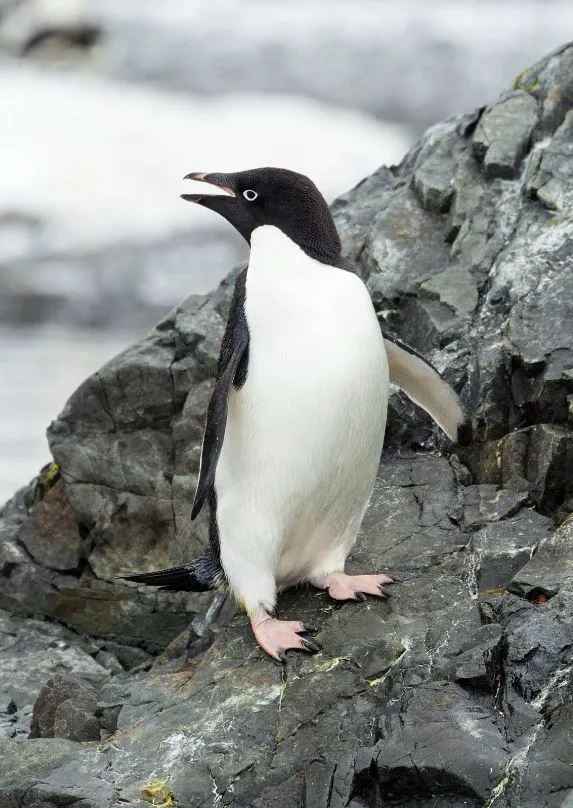
A recent Reddit post has revealed a surprising fact that has left many stunned.
A user in the “TIL that the birds we call Penguins today are not actually penguins at all but another species of bird that was named after them because of their looks and their are no true penguins alive today.”
This claim is based on the fact that there are no true penguins alive today.
The post quickly went viral and sparked debate on social media.
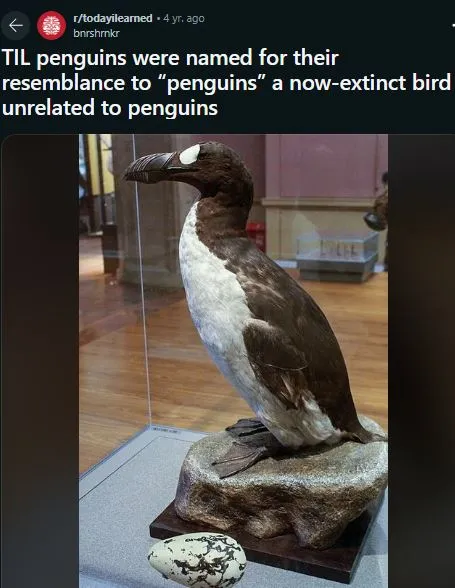
In the comment selection, the online community has reacted with devastation upon learning about the fate of these birds.
However, some people also have doubts about this theory and discuss to uncover the truth about penguins—whether they are impostors
One user shared: I just visited the National History Museum of Denmark with my kid and saw the last stuffed great auk ever to be killed by a human.
A second wrote: So penguins are named penguins because they look like penguins (which were not penguins).
While a third commented: I need Benedict Cumberbatch to narrate this before I can even begin to understand it.
Another wrote: Millions of years of evolution only for it to end right there and then in an instant.
Someone else added: I’m not sure penguin is a word anymore.
The original penguins: Great Auk
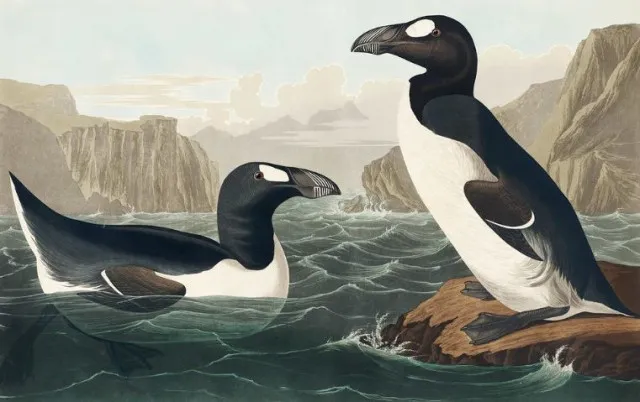
Historically, the birds we associate with penguins were called great auks, or Pinguinus impennis. These flightless birds lived in the Arctic and sub-Arctic regions.
Great auks shared many similarities with modern penguins, but their beaks were larger and more bulbous. Despite these similarities, they are not closely related to the penguins we know today.
The extinction of the Great Auk
Great auks once thrived, with millions in existence until their tragic decline. On July 3, 1844, the last confirmed pair was killed by fishermen at Eldey Island in Iceland.
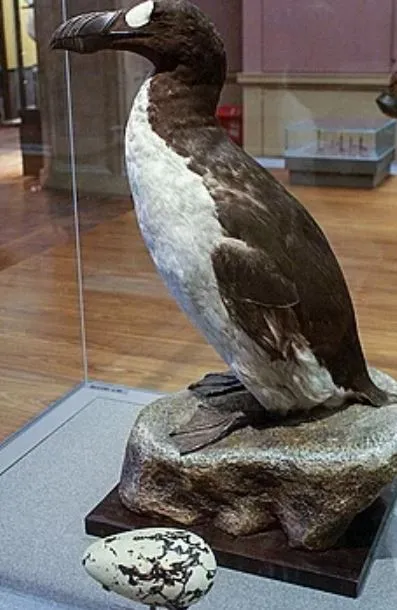
For hundreds of years, great auks were hunted for meat and bait. Parts of their bodies, including fat, eggs, and feathers, were sold as goods.
In the 1770s, overhunting put the species at risk. As their population dwindled, museums and collectors sought to preserve the remains of these birds.
Consequently, museums displayed mounted skins of great auks instead of live birds.
Theories about the Great Auk demise
There are different theories about why fishermen killed the last great auks. Some believe it was due to blame for a storm, while others think it was for collectors wanting them as trophies.
However, the true reason remains unclear.
If great auks were still alive today, they would inhabit regions like Canada, Greenland, and Iceland. They also lived in the British Isles, Scandinavia, and parts of southern Spain and New England.
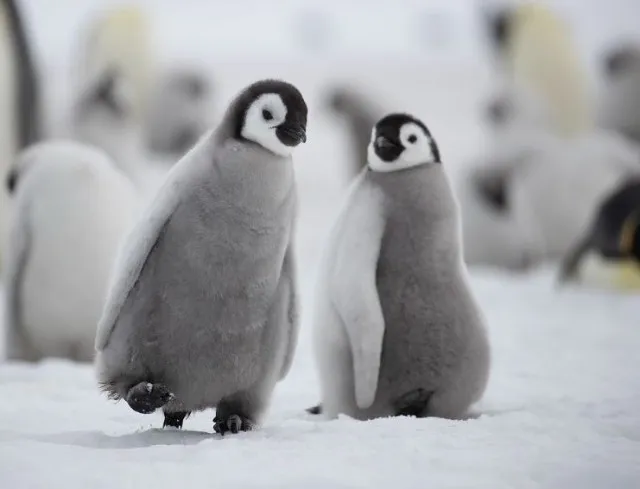
Pleistocene records suggest they may have even colonized Italy and other Mediterranean areas, but little research exists on them.
The revelation that there are no true penguins alive today is both shocking and heartbreaking. This story serves as a reminder of the fragile nature of wildlife and the impact of human actions.
If you thought this was odd, wait until you hear about what Europe did with mummies.